Yuli Shinto Shrine 玉里神社 is a Japanese colonial era historic site in Yuli, the largest town in the middle of the Huādōng Valley 花東縱谷 of eastern Taiwan. Formally known as Yuli Shrine 玉里社 (Tamasato-sha in the original Japanese), it was constructed in 1928, the third year of the Shōwa era. The vast majority of Taiwan’s several hundred Shinto shrines were destroyed in the decades following the Japanese withdrawal—but enough of this shrine remained to justify its official designation as a cultural asset in 2008. Since then some effort has been undertaken to restore the site, which occupies a hilltop at the western edge of town, and it now ranks among the most well-preserved in the remote eastern part of the country.
The former shrine is situated down a short laneway, obscured by ramshackle residences likely built by KMT veterans in the 1960s. Here one will find a grey pebble-washed torii 鳥居, a traditional Japanese gate, marking the entrance to the former shrine1. Ascend the stairs to follow the sandō 参道 (visiting path), which is lined by more than a dozen original stone lanterns with inscriptions made illegible when they were filled with cement. A second torii stands over the top of the flight of stairs, shaded by tree cover.
The visiting path continues along the hilltop to the shattered remnants of the haiden 拜殿, or hall of worship, where supplicants would have conducted ceremonies and engaged in prayer. From what I’ve read it was common for Japanese police officers to visit the shrine before or after taking the treacherous Bātōngguān Trail 八通關越嶺古道 across the Central Mountain Range, and it was also frequented by soldiers prior to embarking for the front lines during World War 2. In archival photos this hall has a curved rooftop held aloft by several reinforced concrete posts much like those of the torii. Beyond the haiden is an elevated platform, former site of the honden 本殿 (sanctuary)2, a small wooden structure housing the kami, or spirits of the shrine3.
Although the site features numerous plaques introducing various aspects of the shrine little is said about when or why it was destroyed. This is a common pattern in Taiwan, where popular narratives often gloss over the less flattering aspects of history. The prosaic truth is that many Shinto shrines were dismantled after Japan switched recognition to the PRC in 1972. The ROC government responded by promulgating an edict in 1974 requiring the destruction of whatever Imperial Japanese relics remained in Taiwan, a subject discussed at length in this article about the Suhua Highway. These orders were carried out by local officials with varying degrees of diligence and enthusiasm, which is why some trace of the shrine at Yuli survives to the present day.
Although the Yuli Shinto Shrine was added to Hualien County’s registry of historic places in 2008 much of the actual restoration effort was conducted by a dedicated team of volunteers4. This partly explains why the site is in decent shape, while many other heritage sites remain neglected, lost in limbo between recognition and restoration.
Finally, more coverage of the Yuli Shinto Shrine in the Taiwanese blogosphere can be found here, here, here, and here.
- Hidden within the houses at the base of the former shrine is a stone monument commemorating 195 police officers who perished while carrying out their duties on the Batongguan Trail, often in conflict with Taiwanese Indigenous people, particularly the Bunun. It was erected in 1933 and the inscription reads 表忠碑. I did not realize it was there when I visited the shrine in 2018 so I have no photos of it. More details are available here and here, and you can see some relatively current photos in a blog posting here. ↩
- Some sources describe the small structure housing the kami as the seiden 正殿 (main hall), but I’m going with the terms displayed on plaques at the site. ↩
- Prince Kitashirakawa Yoshihisa was enshrined here, as was standard under State Shinto, which deified him following his death from malaria while leading the invasion of Taiwan in 1895. The other kami enshrined here were Kunitama (the spirit of the land), Ōkuninushi, and Sukunabikona, collectively known as the “three pioneering gods” or “three gods of development” (開拓三神), another manifestation of the Japanese colonial project in Taiwan. ↩
- This article from 2009 documents some of the early efforts of the Yuli Shrine Volunteer Team 玉里神社志工隊 to clean up the site. ↩

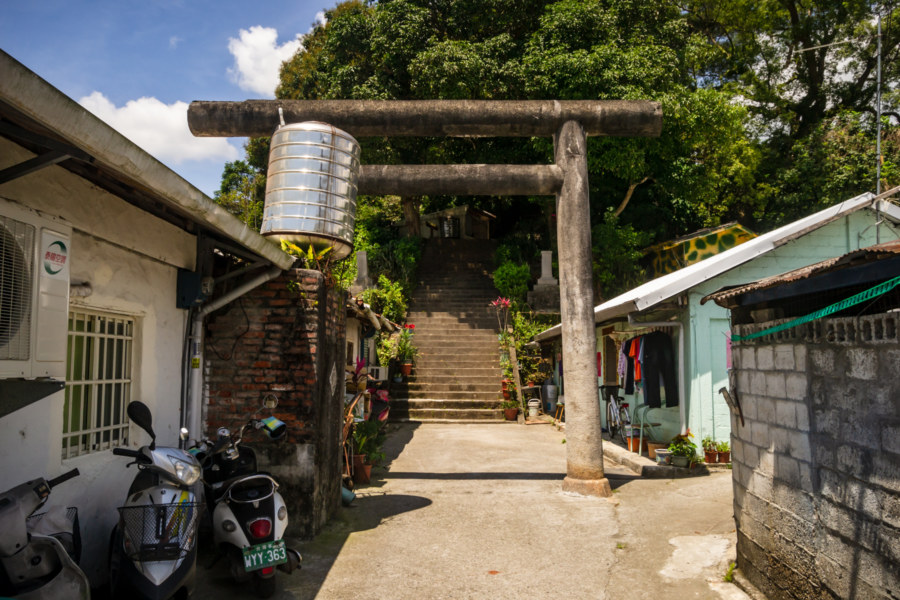
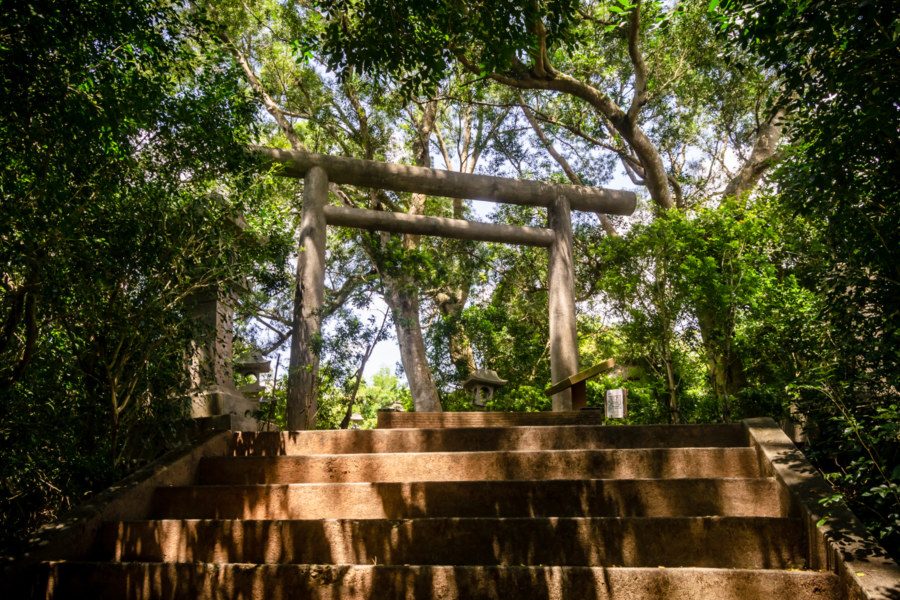
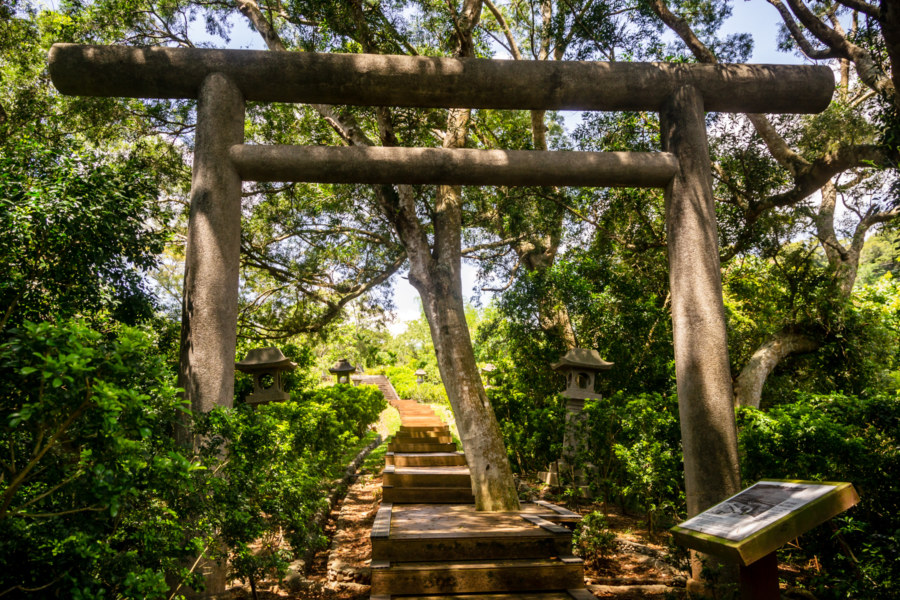
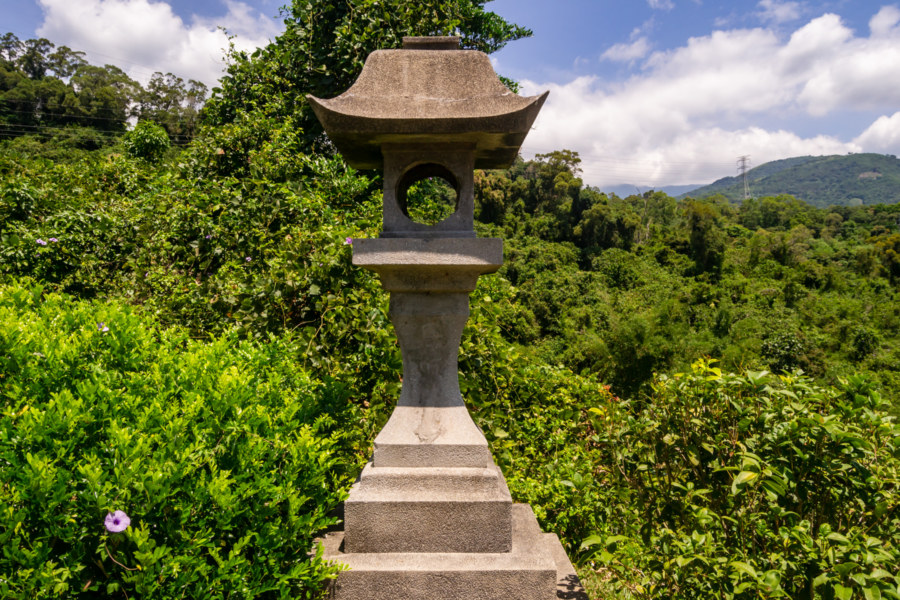
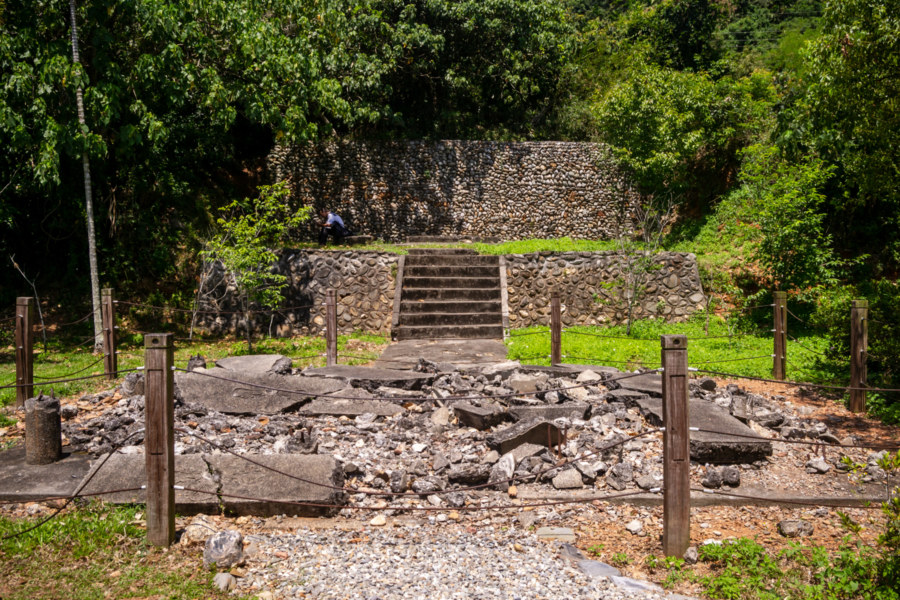
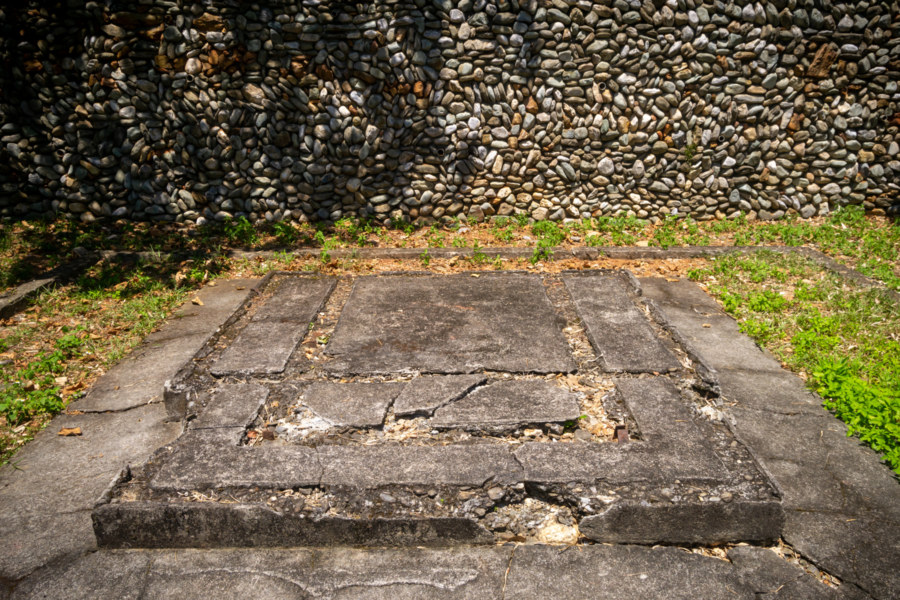

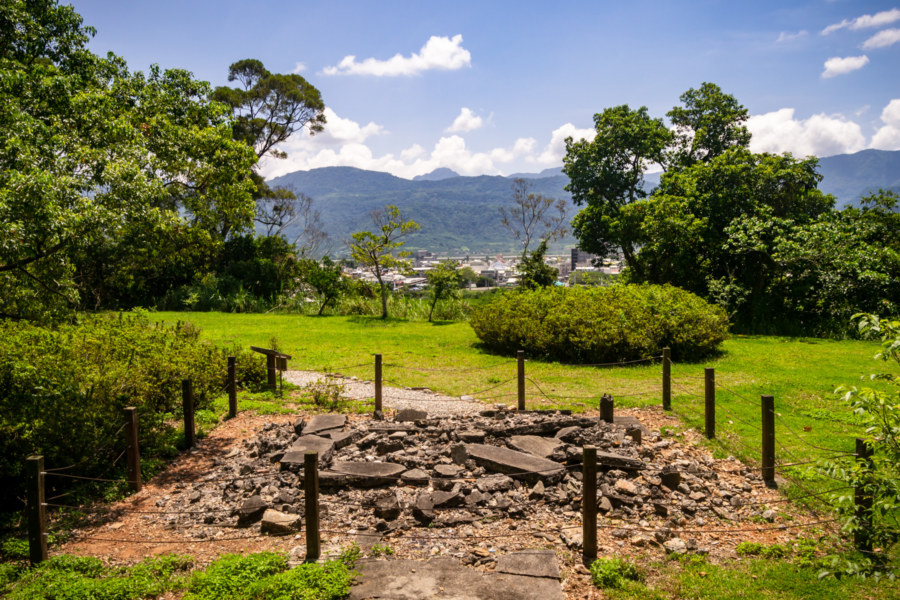
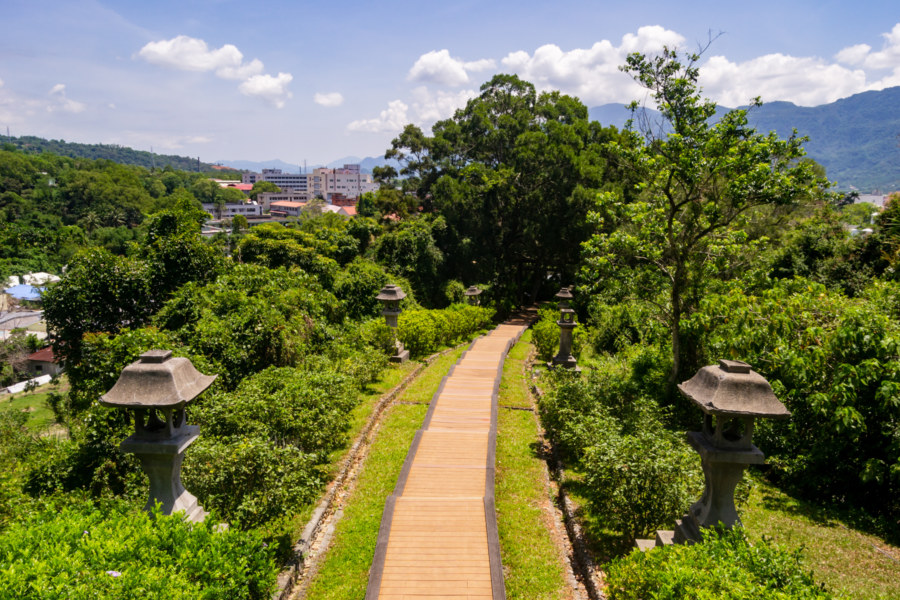
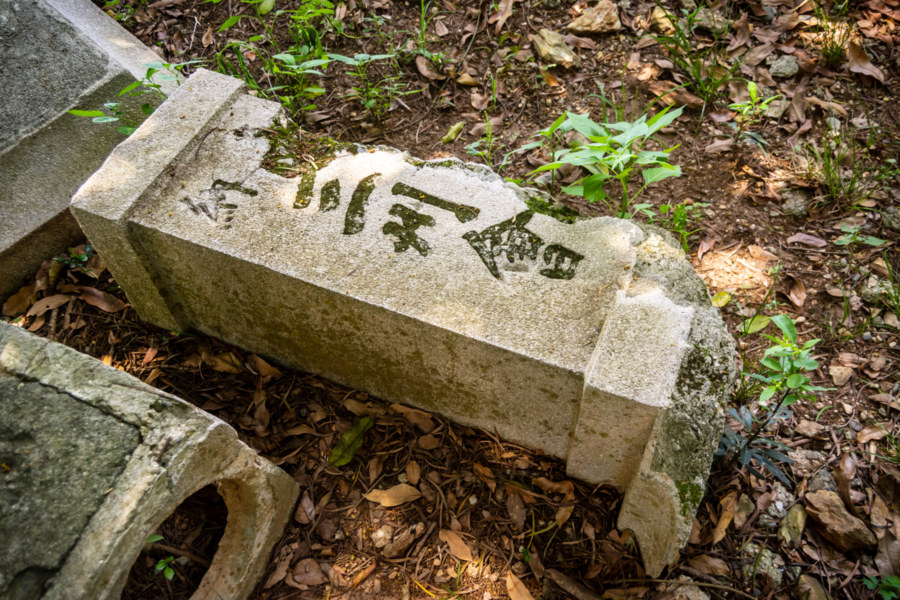
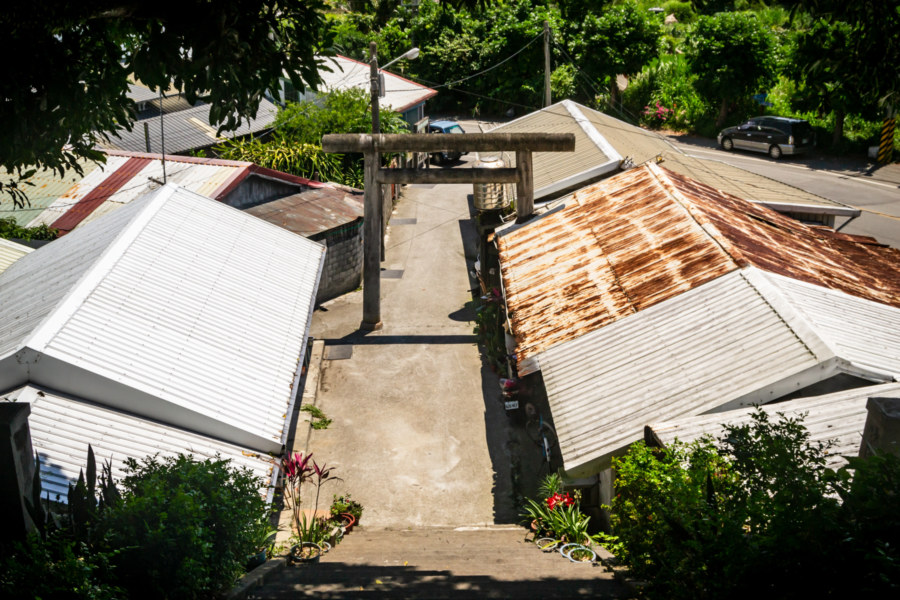


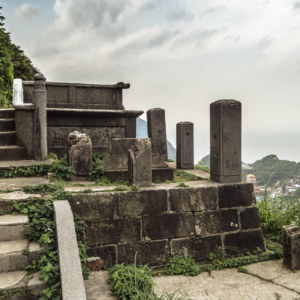
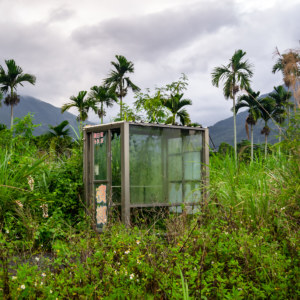
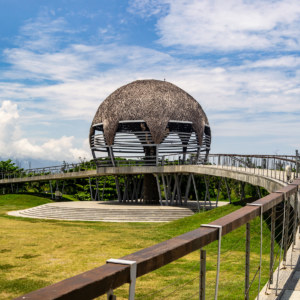
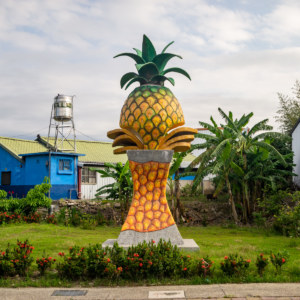
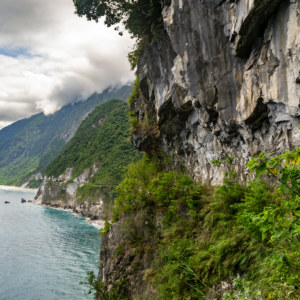
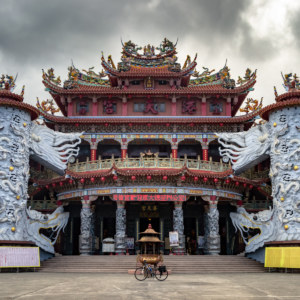
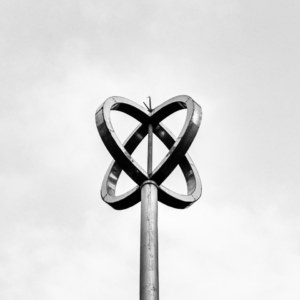

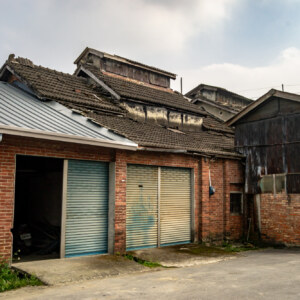
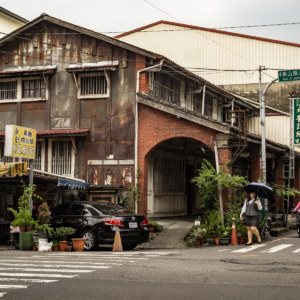
Write a Comment